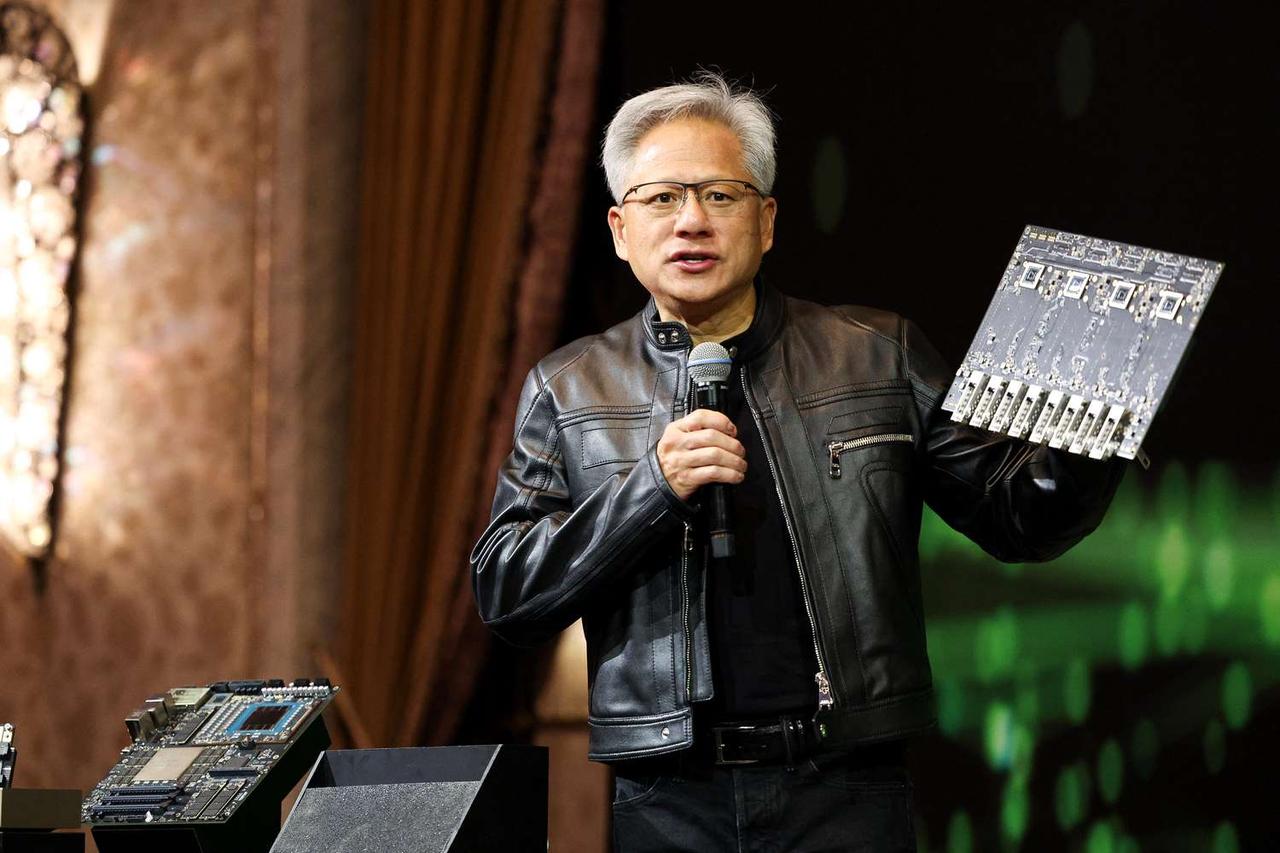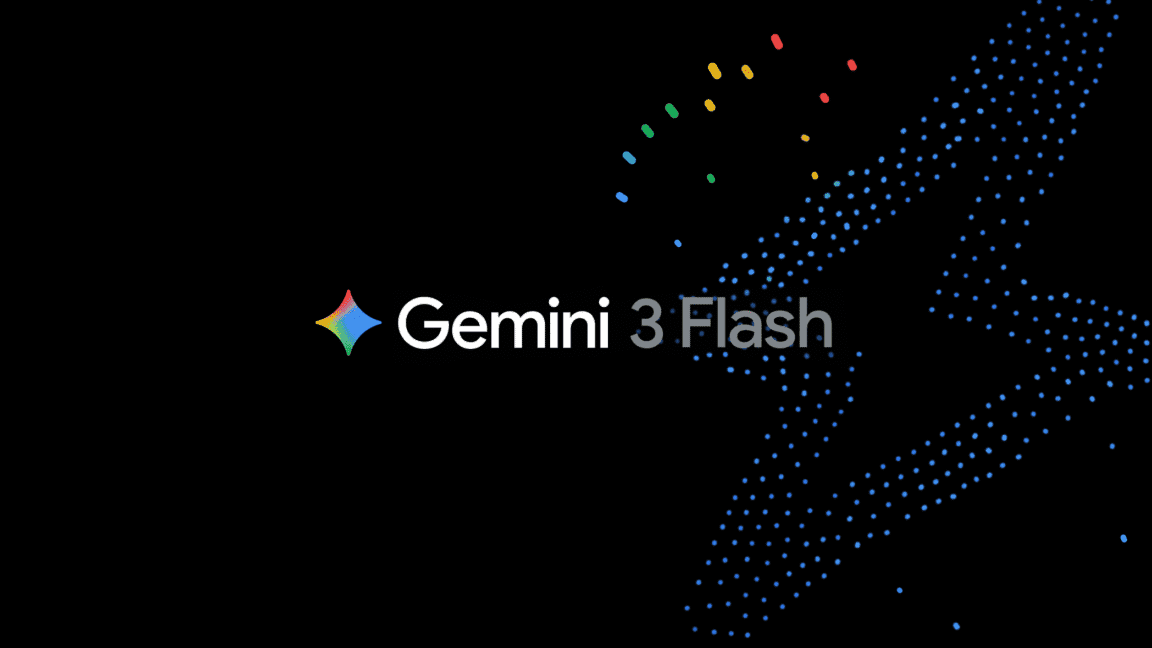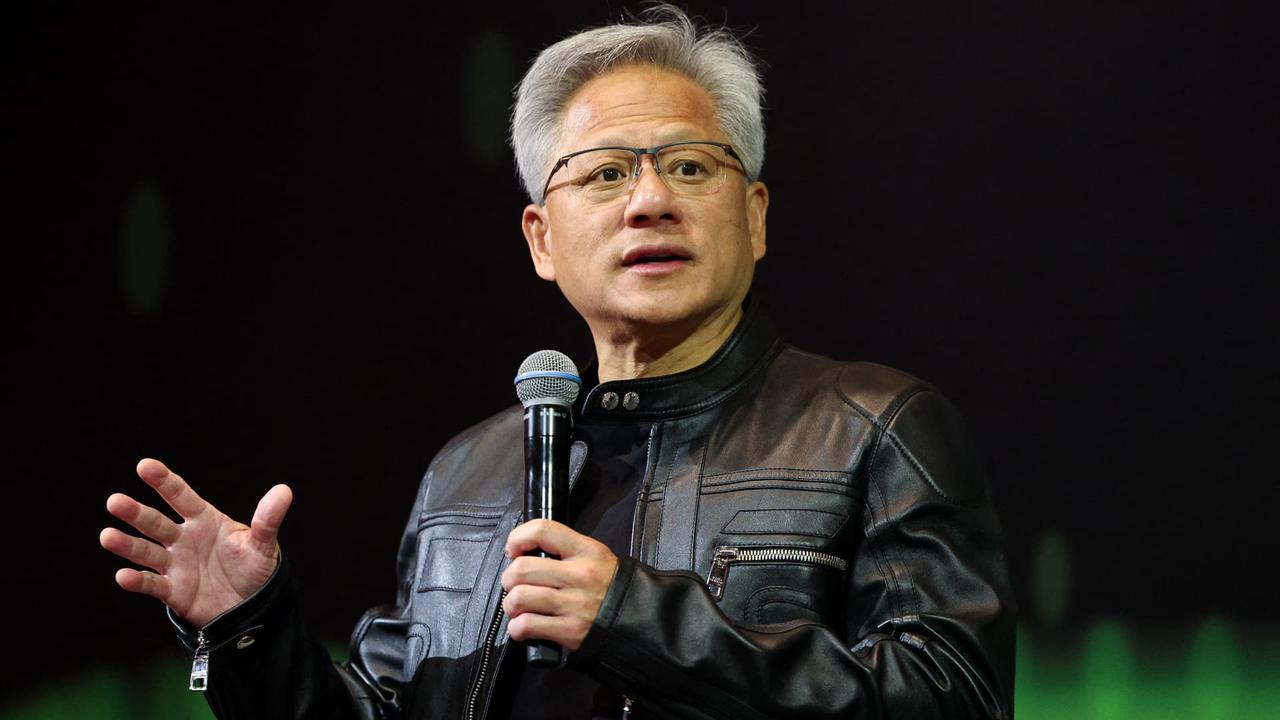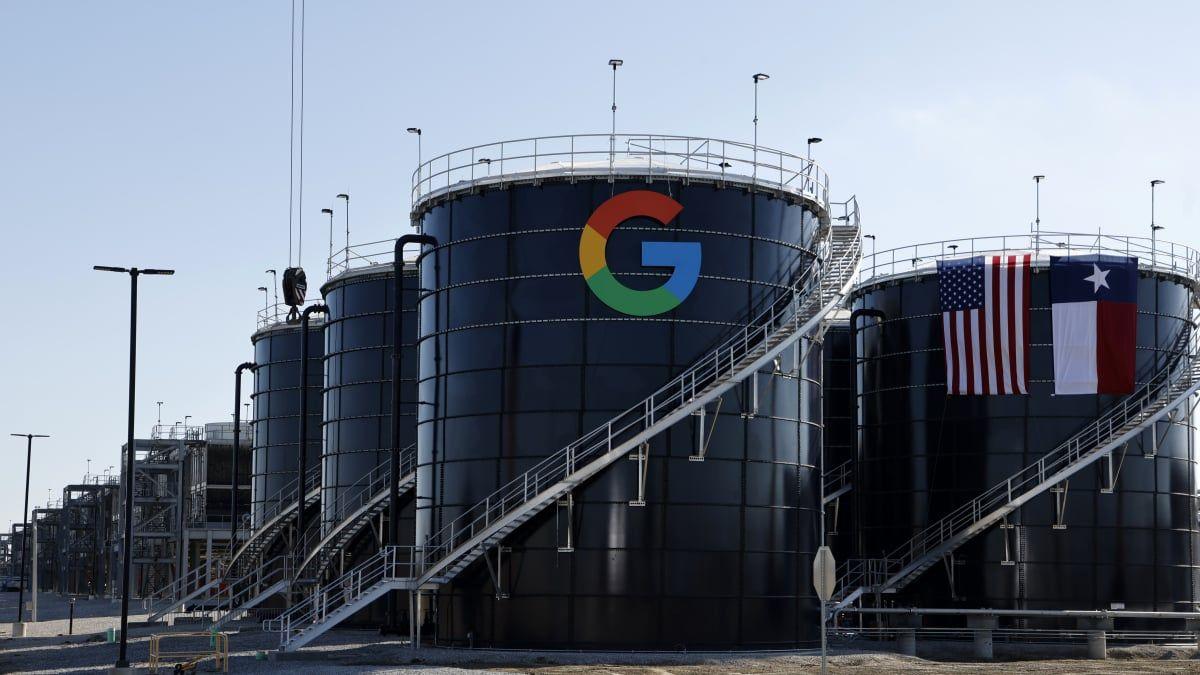Nvidia's Staggering $90 Million Per-Employee Value: A New Era of AI-Driven Efficiency
2 Sources
2 Sources
[1]
Here's the Staggering Per-Employee Value of Nvidia
History, he found, suggests "employment density" at America's biggest companies goes through cycles. What would you get in the -- unlikely, to be sure -- event that your employer was sold and every worker got an equal share of the take? For Nvidia employees, we're talking millions and millions of dollars. Nvidia (NVDA), the world's most valuable company, is worth about $3.5 trillion. With just 36,000 employees, its market capitalization per employee stands at above $90 million. That's nearly three times competitor Broadcom's (AVGO) per-employee value, and it dwarfs Apple's (AAPL) $18 million and Microsoft's (MSFT) $15 million. These figures were recently crunched by Deutsche Bank research strategist Jim Reid, who wondered: "Are today's largest companies structurally employing fewer people than in the past?" To answer that question, Reid looked back at some of America's most valuable companies since 1950 and their respective headcounts when their value was at its peak. One might assume there's been a structural shift toward smaller employee rolls as technological advancements improved efficiency, but history suggests "employment density" at America's biggest companies goes through cycles. General Motors (GM), America's largest company in the 1950s, employed about 600,000 people at its peak. Just years later, in the late '60s, Eastman Kodak surpassed GM in market value with just one-sixth of the workforce. In the '70s, General Electric employed about 400,000 people. These are enormous workforces compared with Nvidia's, which from a market cap per employee perspective is in a league of its own, Reid says. But a few companies with headcounts comparable with Nvidia's have become the world's most valuable. Oil company Amoco's margins were padded by elevated oil prices in the late 1970s, helping its market cap surge with only about 50,000 workers. Cisco is the historical example that most resembles Nvidia. Like Cisco in the late '90s, Nvidia is "operationally lean, highly reliant on intellectual property and engineering talent, and outsources the more labour-intensive aspects of production," wrote Reid. The analysis could offer some relief to those concerned that the proliferation of artificial intelligence will result in mass unemployment as AI agents and robots replace human workers. "What's clear through history is that while we've always found ways to employ people, how they're distributed across firms and sectors is constantly evolving," Reid wrote.
[2]
You won't believe how much each Nvidia employee is worth as the company rides the AI gold rush
Nvidia's $3.5 trillion valuation, achieved with only 36,000 employees, highlights a trend of high market value per worker. A Deutsche Bank analysis reveals that while employment density fluctuates, history demonstrates a constant evolution in job distribution across sectors. Technological advancements are reshaping work, leading to shifts rather than outright job elimination.While Nvidia is one of the most valuable companies in the world, worth around $3.5 trillion, what's more interesting is that the top chipmaker has employed just 36,000 workers. That means each employee accounts for more than $90 million in market value, as per Investopedia. To put that in perspective, that's almost three times the per-employee value of Broadcom, and compared to Apple or Microsoft, it's in another league, as Apple stands at about $18 million per worker and Microsoft even lower at $15 million, according to the report. ALSO READ: Canada's jobless rate hits 7% -- worst since 2016, and Mark Carney may be feeling the political heat already This data was recently analysed by Deutsche Bank research strategist Jim Reid, who was curious to find out, "Are today's largest companies structurally employing fewer people than in the past?" as per Investopedia. To find out the answer, Reid analysed some of the United States' most valuable companies since 1950 and their respective headcounts when their value was at its peak, reported Investopedia. While many assume that there has been a structural shift toward smaller employee rolls as technological advancements improved efficiency, but as per Reid's historical study, "employment density" at America's biggest companies goes through cycles, reported Investopedia. The strategist pointed out that Cisco in the late 90's is the historical example that most resembles Nvidia as the AI chipmaker is "operationally lean, highly reliant on intellectual property and engineering talent, and outsources the more labour-intensive aspects of production," quoted Investopedia. He also found that General Motors (GM), which was America's biggest firm in the 1950s, employed around 600,000 people at its peak, then in the late '60s, Eastman Kodak surpassed GM in market value with only one-sixth of the workforce, reported Investopedia. Reid even revealed that in the '70s, General Electric employed around 400,000 workers, as per the report. According to Investopedia, Amoco's market cap rose in the late 70s with just about 50,000 workers. Reid said, "What's clear through history is that while we've always found ways to employ people, how they're distributed across firms and sectors is constantly evolving," quoted Investopedia. Is Nvidia's small workforce unusual for such a large company? Yes, but it's not entirely new. Other companies in history have also reached high valuations with relatively small teams. Is AI making jobs disappear? Not necessarily. History shows that jobs shift, not vanish, companies just organize work differently over time.
Share
Share
Copy Link
Nvidia's unprecedented market value per employee highlights shifting trends in corporate efficiency and workforce distribution, sparking discussions on AI's impact on employment.
Nvidia's Unprecedented Market Value per Employee
In a striking display of corporate efficiency, Nvidia, the world's most valuable company, has achieved a market capitalization of approximately $3.5 trillion with a workforce of just 36,000 employees. This translates to an astounding market value of over $90 million per employee, setting a new benchmark in the tech industry
1
.
Source: Investopedia
To put this into perspective, Nvidia's per-employee value is nearly triple that of its competitor Broadcom, and it significantly outpaces tech giants like Apple ($18 million per employee) and Microsoft ($15 million per employee)
1
.Historical Context and Employment Density Cycles
Deutsche Bank research strategist Jim Reid's analysis of America's most valuable companies since 1950 reveals intriguing patterns in "employment density"
1
. Contrary to the assumption that technological advancements have led to a consistent decrease in workforce size, Reid's findings suggest that employment density at top companies goes through cycles.For instance, General Motors, America's largest company in the 1950s, employed about 600,000 people at its peak. In contrast, Eastman Kodak surpassed GM's market value in the late 1960s with just one-sixth of GM's workforce. The 1970s saw General Electric employing around 400,000 people
1
.Nvidia's Operational Model and Historical Parallels
Nvidia's operational approach bears a striking resemblance to Cisco's model in the late 1990s. Both companies are characterized as "operationally lean, highly reliant on intellectual property and engineering talent, and outsourcing the more labour-intensive aspects of production," according to Reid
1
.This model is not entirely unprecedented. In the late 1970s, oil company Amoco achieved a significant market capitalization with only about 50,000 workers, benefiting from elevated oil prices
1
.Related Stories
Implications for AI and Employment
The analysis of Nvidia's efficiency and historical employment trends offers a nuanced perspective on the impact of artificial intelligence on the job market. While concerns about AI-driven unemployment persist, Reid's research suggests a more complex reality
2
."What's clear through history is that while we've always found ways to employ people, how they're distributed across firms and sectors is constantly evolving," Reid notes
1
. This observation implies that rather than causing mass unemployment, AI and other technological advancements may be reshaping the distribution of jobs across different sectors and companies.The Future of Work in the AI Era
As Nvidia rides the wave of the AI gold rush, its remarkable per-employee value raises questions about the future of work. While the company's lean operational model showcases extreme efficiency, it also highlights the potential for significant shifts in how companies structure their workforces
2
.The historical cycles of employment density suggest that while the nature of work may change, new opportunities often emerge to replace those that become obsolete. As AI continues to advance, it's likely that we'll see further evolution in job distribution across sectors, rather than a simple reduction in overall employment.
References
Summarized by
Navi
[1]
Related Stories
Recent Highlights
1
Google launches Gemini 3 Flash as default AI model, delivering speed with Pro-grade reasoning
Technology

2
OpenAI launches GPT Image 1.5 as AI image generator war with Google intensifies
Technology

3
OpenAI launches ChatGPT app store, opening doors for third-party developers to build AI-powered apps
Technology








